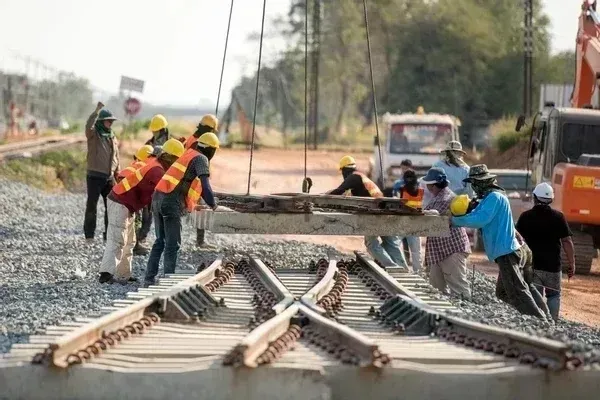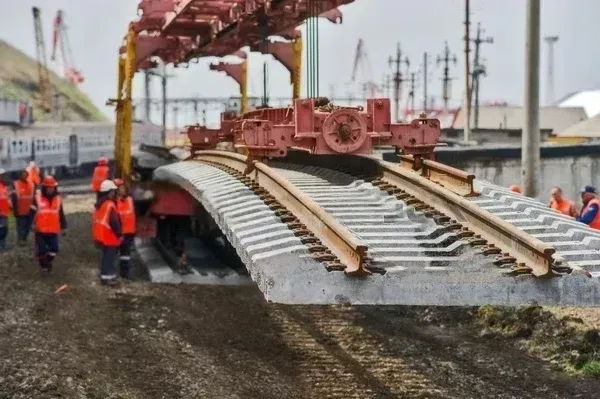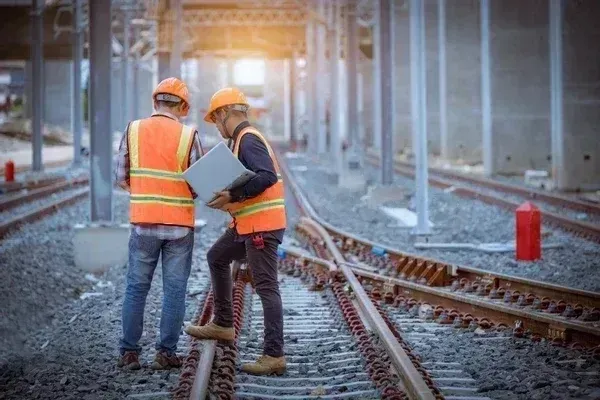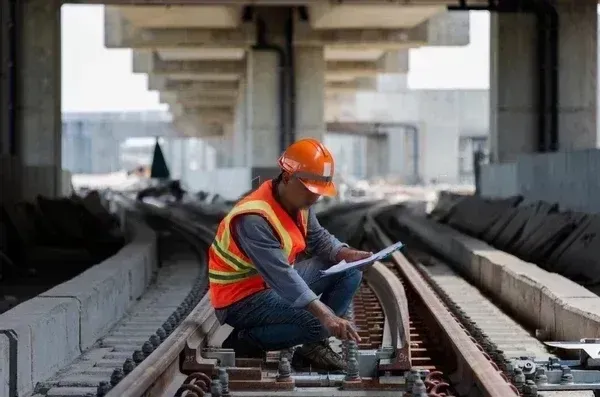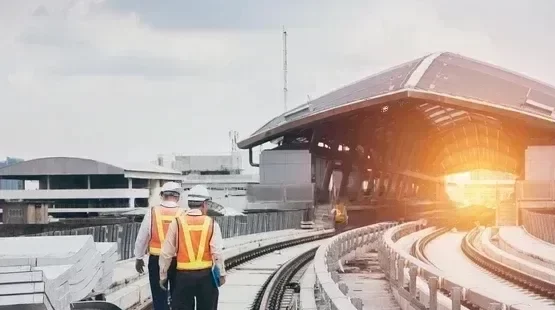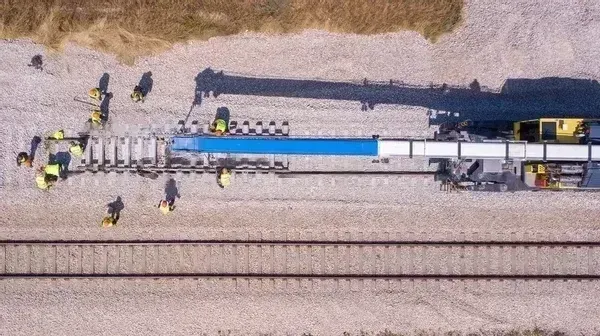railways
The railway track is the most crucial component of the railway track system because it provides trains with a reliable surface to run on. A railway track is simply a type of metal rail used by trains. Industrial railing systems and highway guardrails are also available today. The railway tracks have undergone several modifications since their initial construction in 1825. The guide for describing the procedure step by step is provided here.
First, trees, shrubs, and other debris must be carefully removed from old railway lines because they frequently have extensive overgrowth. To construct, maintain, and operate the railway in the safest manner possible, vegetation is only removed when necessary. Under special licenses, any protected species that live along the railway corridor will be moved or relocated. Every precaution will be taken to safeguard environments that may be vulnerable to the effects of construction. The fundamentals of what we intend to do are outlined in the project outline design.
On the other hand, a more in-depth design provides comprehensive drawings of exactly what will be constructed and how it will be done. After that, we complete all of the necessary advance work before the actual construction of the railway can begin. Demolitions, utility diversions, and the filling in of former mine works have all been used to reduce the risk of subsidence on the Borders Railway. Earthworks are frequently the first and most obvious sign when a railway is being built. First, cycle paths, tarmac, and other surface layers are removed. After that, the ground is built up or excavated to the level where the railway line will be. On either side of the track, retaining walls or embankments are constructed using earth sourced from other locations and stabilized or reinforced. The existing embankments will also need to be improved. In addition to installing pumps, laying pipes, constructing storage tanks, and constructing culverts (drains) that permit rainwater to flow underneath and away from the railway, drainage must also be created.
